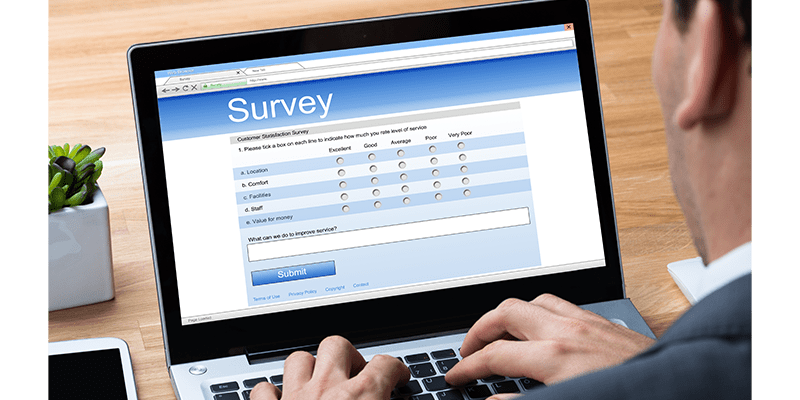Marketing
What is Marketing’s Role in Sales Enablement?
by clickdimensions

Today, there are more barriers than ever to selling. The modern sales process is buyer-led and organizations succeed by meeting buyer expectations, needs and questions. Buyers today are informed and expect brands to aid them in the education process.
This can pose challenges to salespeople as they try to close deals, but it can also present tremendous opportunities. Sales enablement helps sales teams capitalize on those opportunities by reducing friction throughout the buying cycle.
Sales enablement is the strategic, ongoing and cross-functional process of providing sales teams with the content, information, training and technology they need to compete today and effectively engage buyers throughout their journey. By committing to this discipline, organizations ensure that sales reps have the resources they need to boost conversions and drive prospects through the buying cycle.
But when it comes to sales enablement, sales doesn’t just go it alone. Marketing also plays a part in ensuring sales success.
To be sure, sales enablement is bigger than the marketing team. It involves sales resources and technology that go well beyond the purview of marketing. But what is the role of the marketer in the broader sales enablement process?
Ultimately, sales and marketing are working towards the same goal – bringing in new customers. Being engaged in the sales enablement process can help marketing contribute to that goal. While marketing may be creating great content for use in the sales process already, if sales isn’t aware of it or can’t find it, it doesn’t do much good. That’s why it’s important for marketing to do the following:
1. Work with sales on a sales enablement strategy. Organizations with the best and most effective sales enablement initiatives know that this success doesn’t come from a departmental vacuum. Both sales and marketing need to have a voice in building the strategy in order to reap results. Marketing should be proactive in initiating these conversations to ensure their voice is heard in this process.
2. Share customer insights. Sales certainly has their own insights into customers based on their experiences, but marketing can help round out this view and make customer targeting more effective. Marketing should share buyer personas as well as performance analytics for various marketing initiatives to help inform the sales enablement process.
3. Audit and map content. Do you have the content necessary to answer customer questions and nurture them throughout the buying cycle? Auditing and mapping your existing content can help you identify any gaps that could hinder effective sales enablement.
4. Commit to ongoing improvement. The content that works today may not work tomorrow. Marketers must commit to continually partnering with sales to review what is effective in moving the needle in the sales enablement process and what needs to be reworked or shelved completely.
Always keep in mind that when it comes to sales enablement, the conversation should be a two-way street between sales and marketing. Each team needs to bring their unique strengths to the table in order to succeed.







